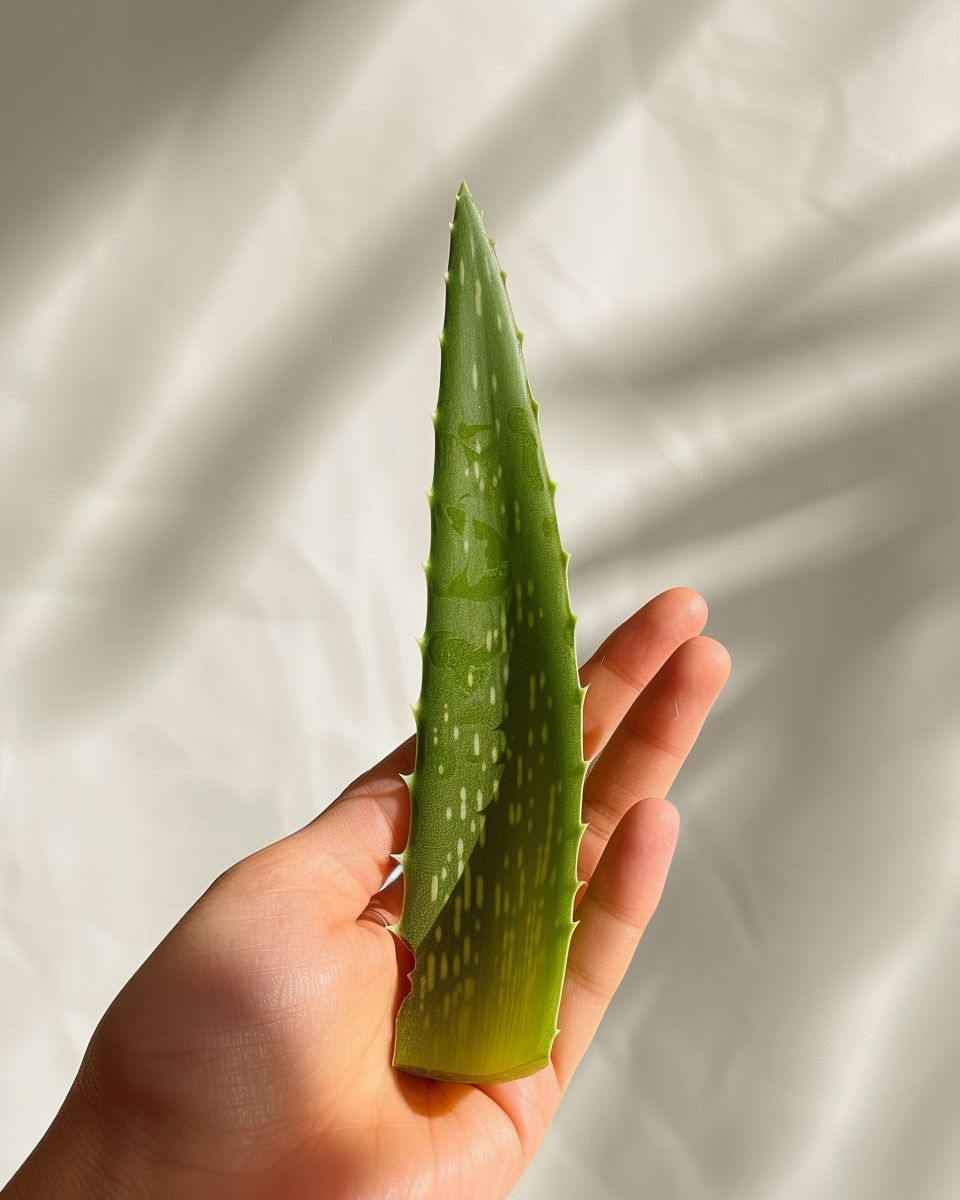With the increasing shift towards natural and organic skincare products, it’s no surprise that remedies like aloe vera are becoming household staples for beauty routines. The aloe vera plant has been valued for its healing properties since ancient times, used by civilizations such as the Egyptians and Greeks to treat a variety of ailments.
Today, we may question some of these traditional practices with a raised eyebrow and a healthy dose of skepticism. Why would someone choose to smear the “goo” from a plant onto their skin? Believe it or not, this plant goo has some substantiated benefits—let’s explore the reasons why embracing the gel from this succulent could be a smart move for skincare.
Understanding Aloe Vera’s Composition and its Skin Benefits:
1. Aloe vera gel is primarily made up of water, which makes it incredibly hydrating for the skin. This can be particularly beneficial for individuals with dry skin looking to increase moisture without the use of heavy, oil-based creams.
2. The plant also contains a rich blend of vitamins, minerals, and antioxidants. Vitamin E, Vitamin C, and beta-carotene, which is a precursor to vitamin A, are present in aloe and can help improve the skin’s natural firmness and keep the skin hydrated.
3. Antimicrobial properties: Aloe vera has been shown to possess antimicrobial and antibacterial properties, which can help protect the skin from potential pathogens.
4. Anti-inflammatory effects: Thanks to compounds like glycoproteins and polysaccharides, aloe vera can reduce inflammation and alleviate irritation. This makes it a good option for soothing sunburns, small abrasions, or any skin irritation.
5. Healing acceleration: The growth of new cells is encouraged due to the presence of glycoproteins. Faster healing of wounds and reduced scarring is often the benefit here, which is why aloe vera is frequently recommended for burns.
Are There Any Risks?
While aloe vera can be immensely beneficial, it’s important to note that not everyone’s skin will react the same way to it. Some individuals might be allergic to aloe vera. Hence, it is always recommended to perform a patch test prior to applying it widely. Moreover, you should use the gel directly from the leaf’s inner layer, avoiding the latex-containing outer layer, which can cause irritation or adverse reactions in some people.
In Conclusion, Is Aloe Vera Worth It?
Considering the scientific backing of many of aloe vera’s properties, it’s not only an old wives’ tale that it can improve skin condition. Your sister-in-law is in good company using this natural remedy. It’s affordable, easy to use, and has historical precedence to boot. However, it’s always wise to listen to one’s own skin and its reactions—for most, aloe vera is a soothing answer to skin’s plea for moisture and care, but for others, it may not be suitable. As always, individual skin types and sensitivities will dictate whether this plant goo is indeed a skin savior.



